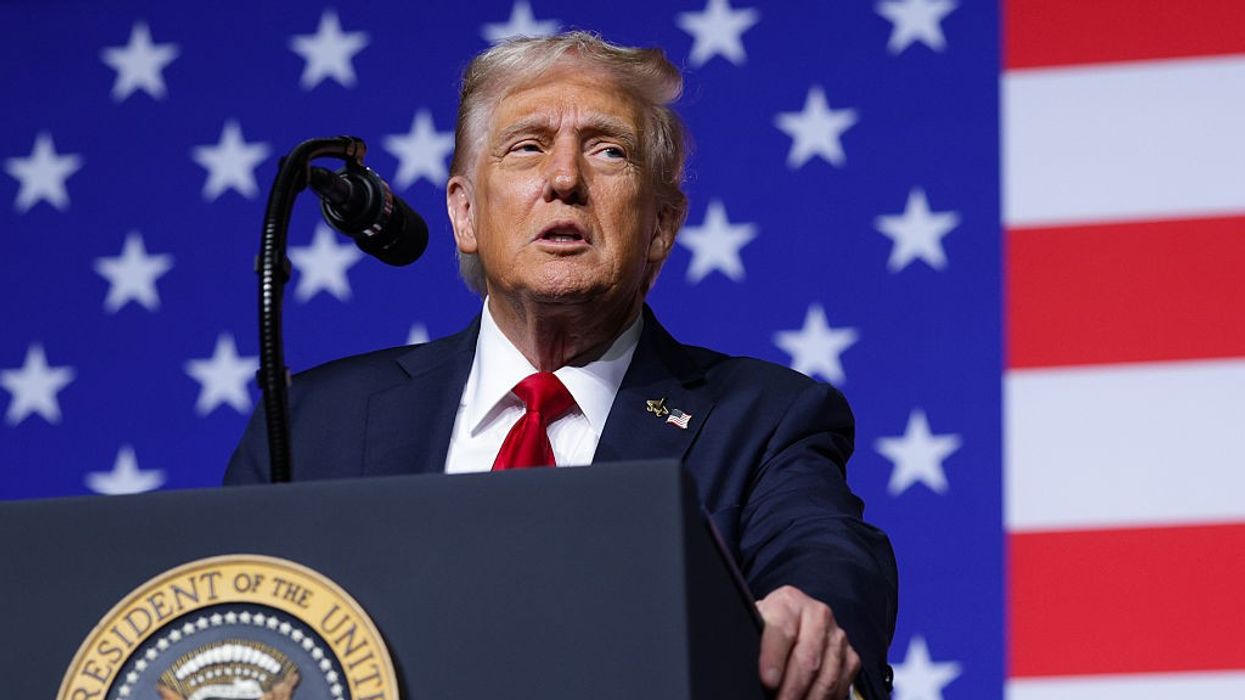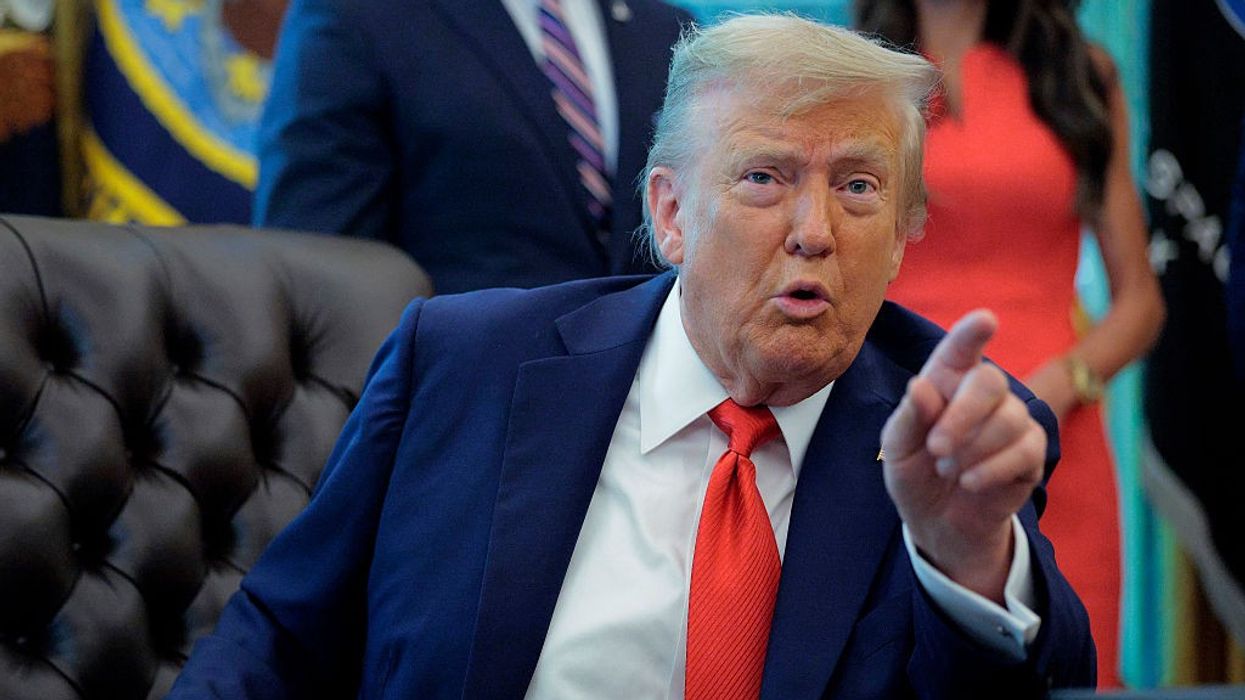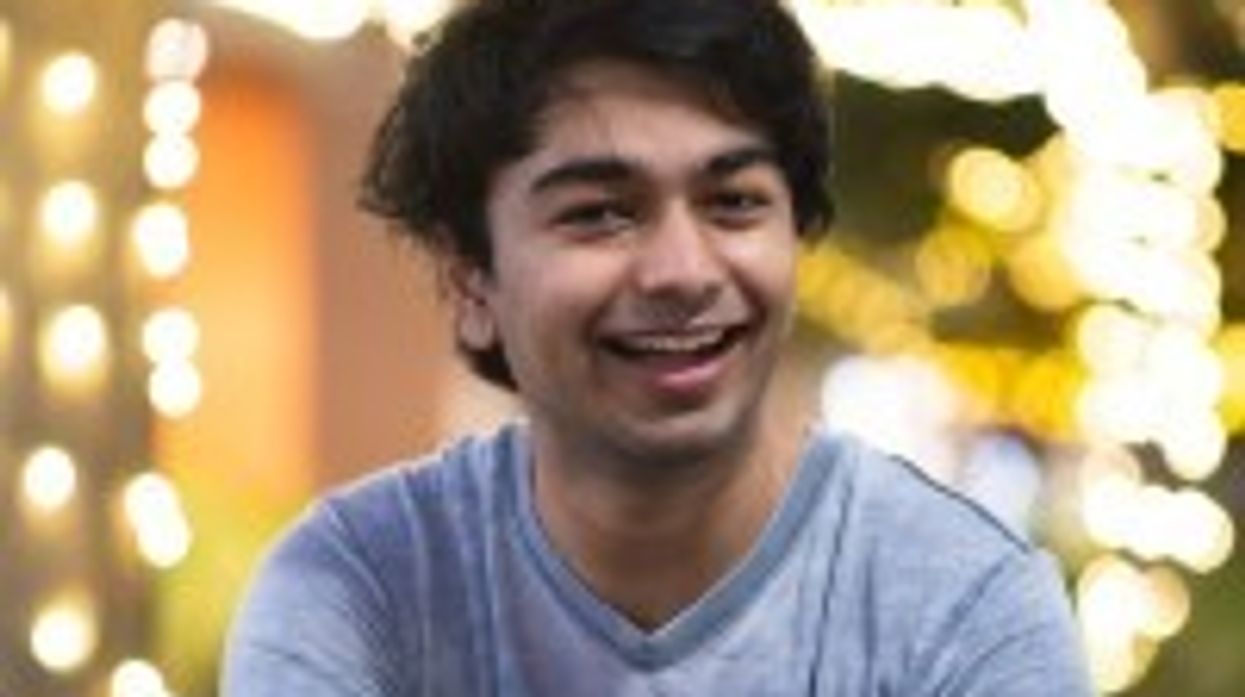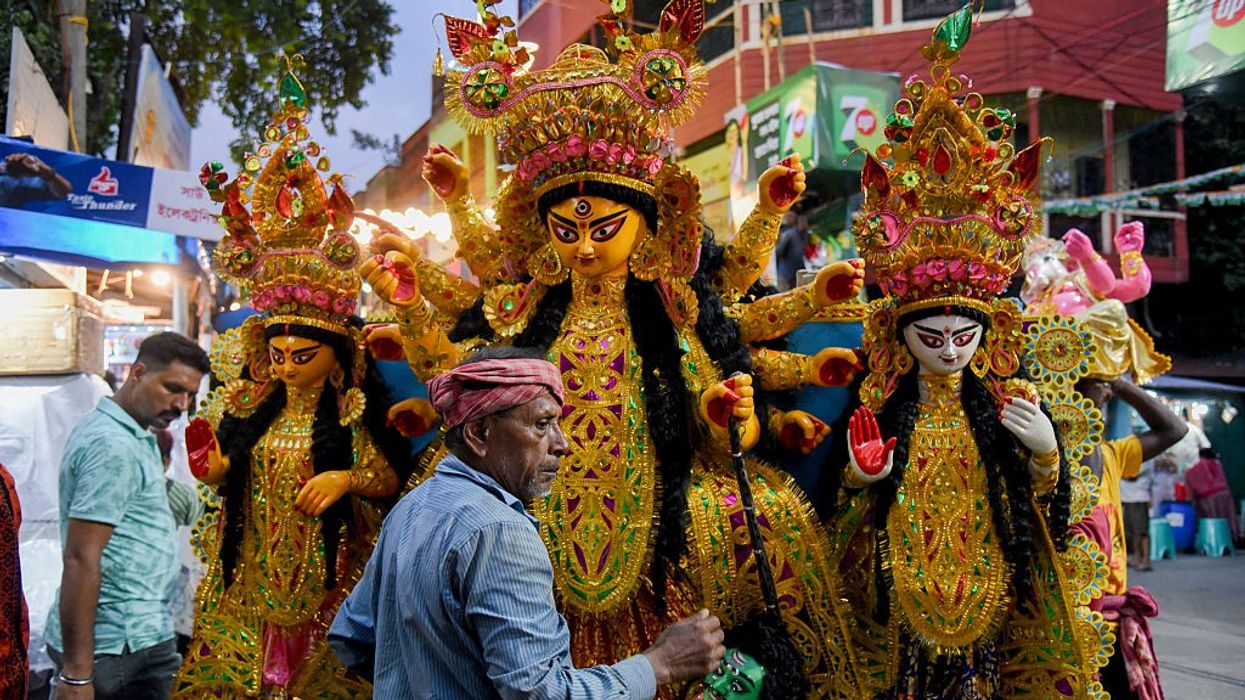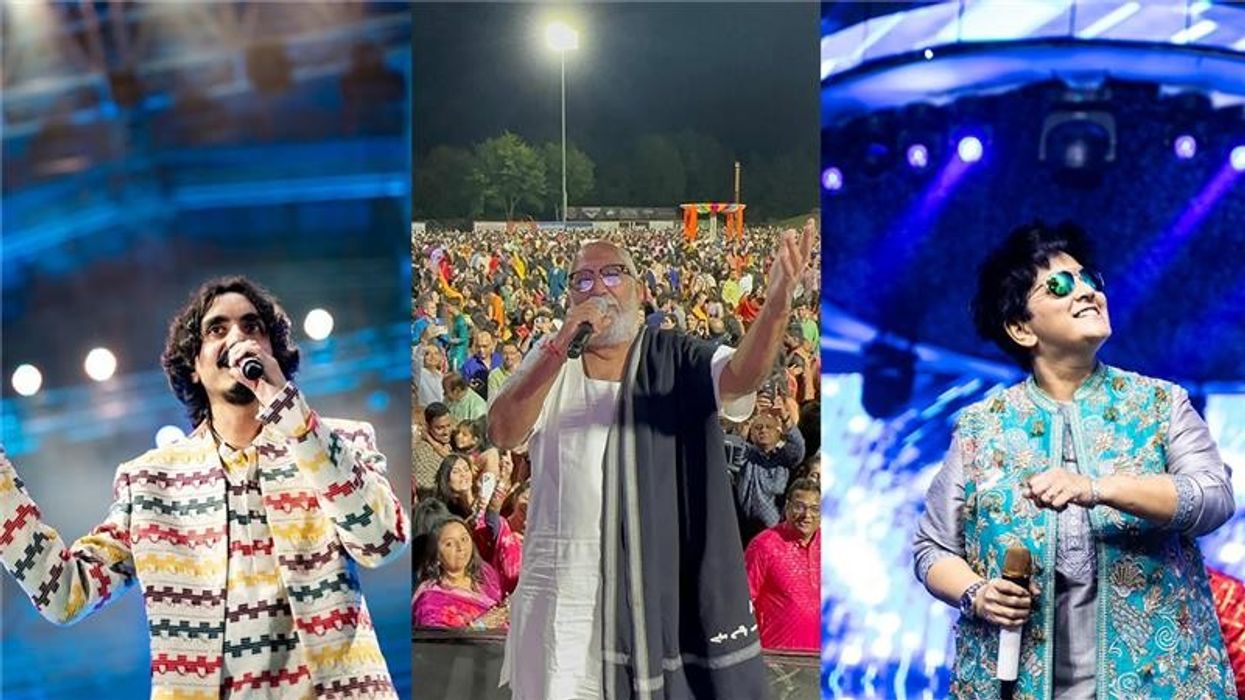Highlights
- George Lucas presents new details about his upcoming museum at Comic-Con
- The Lucas Museum of Narrative Art will open in Los Angeles in 2026
- It positions comic book and narrative art alongside traditional fine art
- Works by Jack Kirby, Moebius, Norman Rockwell, and Frida Kahlo will feature
- The museum’s design reflects the continuous nature of storytelling
A museum dedicated to storytelling and comic art
At Comic-Con International in San Diego, filmmaker George Lucas made a rare appearance to unveil new details about the Lucas Museum of Narrative Art — a project over a decade in the making. Set to open in 2026, the Los Angeles-based museum will offer one of the most ambitious showcases of narrative and comic book art in history.
Joining Lucas on stage were Queen Latifah, filmmaker Guillermo del Toro, and Lucasfilm executive Doug Chiang. The group shared early visuals and discussed the museum’s purpose: to establish comic and narrative art as a serious, respected artistic medium.
An unconventional structure for unconventional art
The museum’s architecture, designed by MAD Architects, is as striking as its mission. Located in LA’s Exposition Park, the building avoids all right angles, using flowing curves and 1,500 fibreglass-reinforced polymer panels to symbolise the ongoing nature of storytelling. The futuristic, cloud-like structure is nearing completion.
“This is a temple to the people’s art,” said Lucas, who began collecting comic art as a student. He now owns an estimated 40,000 works.
From superheroes to fine art masters
A preview video narrated by Samuel L. Jackson revealed part of the museum’s extensive collection, much of it drawn from Lucas’s own archive. Works to be displayed include:
- Flash Gordon illustrations from 1934
- The original 1968 cover art for Iron Man No. 1
- Peanuts comic strips from the 1950s and 60s
- Art by Jack Kirby, Moebius, R. Crumb, Frank Frazetta, and Mike Mignola
- Classic works by Norman Rockwell, N.C. Wyeth, and Frida Kahlo
The museum also features film-related pieces, including Star Wars and Indiana Jones concept art by Ralph McQuarrie and Jim Steranko, along with props such as starships and speeders from the Star Wars films.
Validating visual storytelling
Doug Chiang described the museum as a long-overdue recognition of comic art’s legitimacy.
“It’s not taken seriously,” he said. “When I was young, I was told I’d outgrow it. I’m glad I didn’t.”
Chiang emphasised that in comic art, the story always comes first — the visuals serve narrative rather than aesthetics alone.
Lucas echoed that view, noting that visual storytelling, whether through comics, illustration or cinema, deserves a place alongside more traditionally recognised fine art. His museum is designed to make that case — not just through curation, but through architectural and cultural presence.

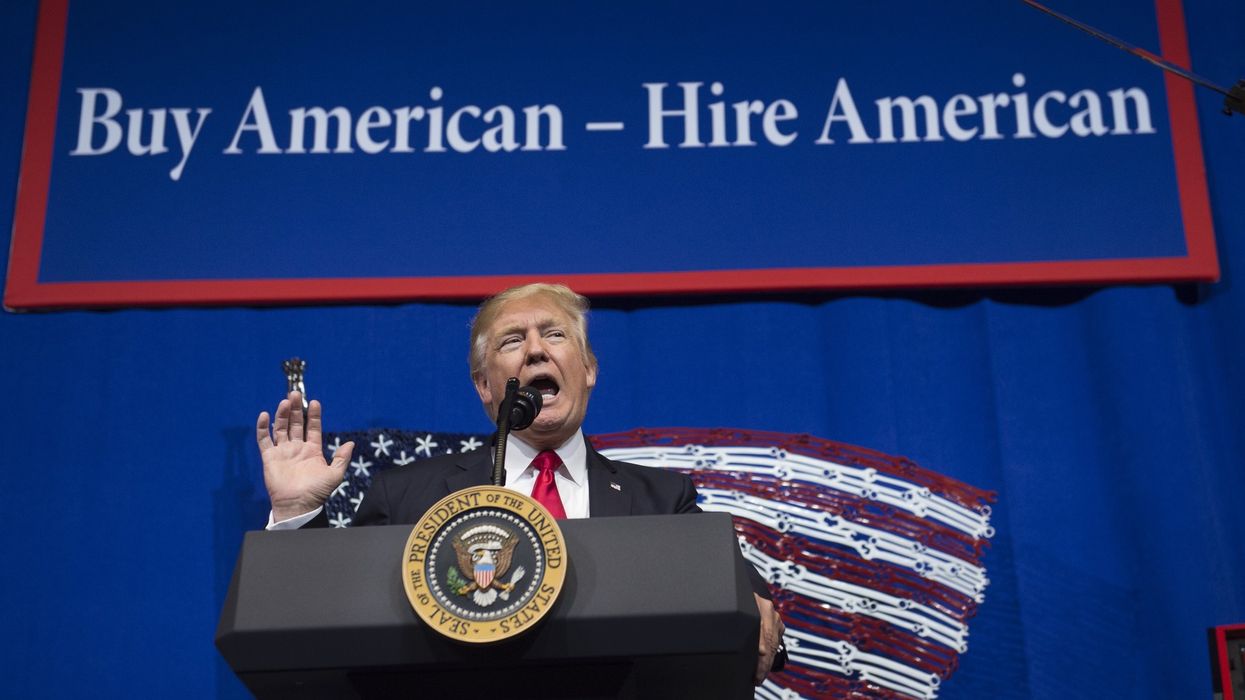
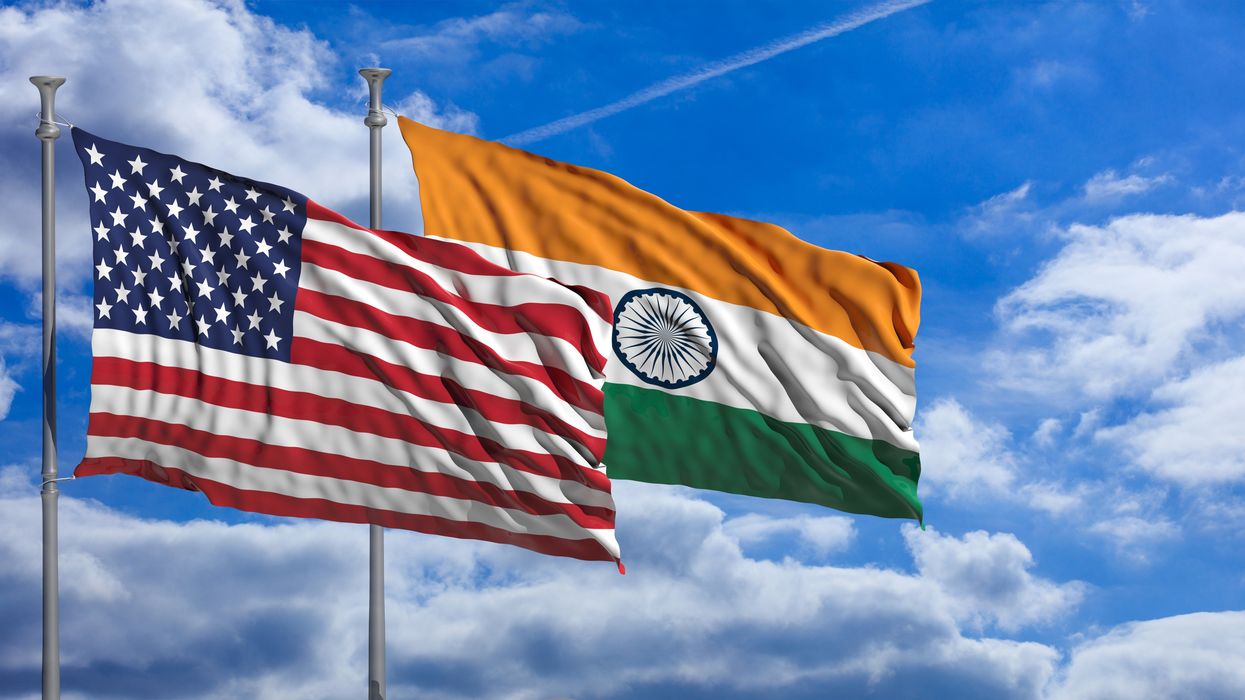
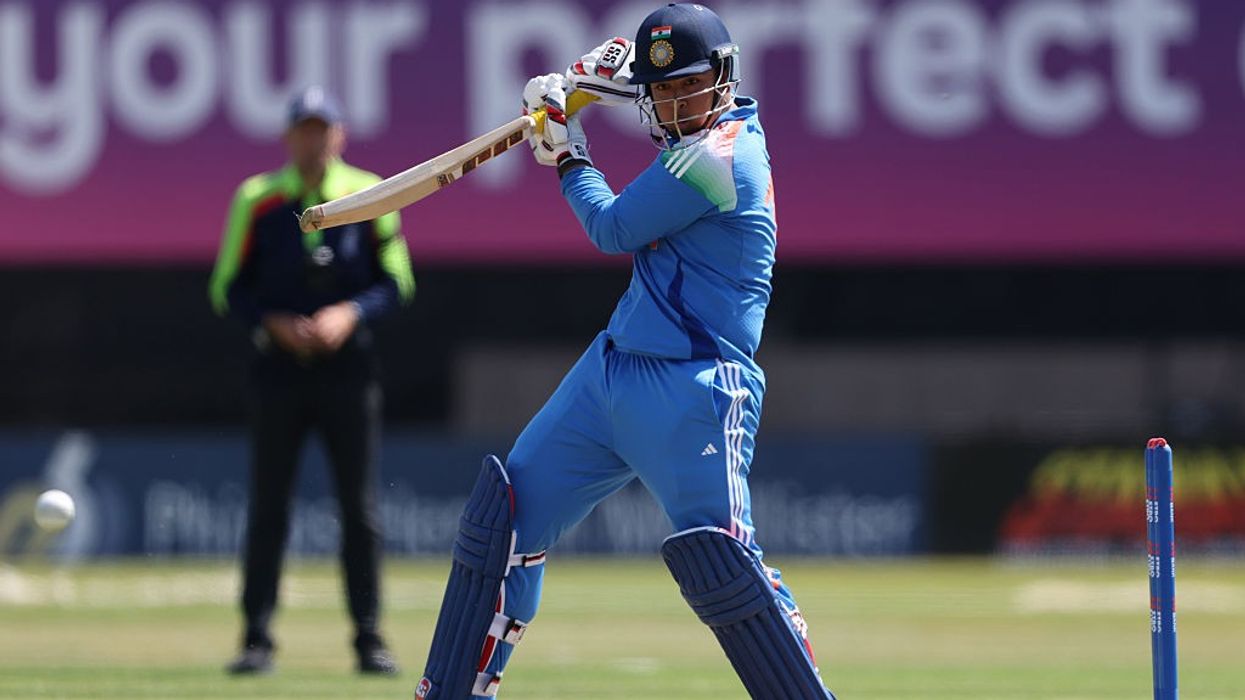


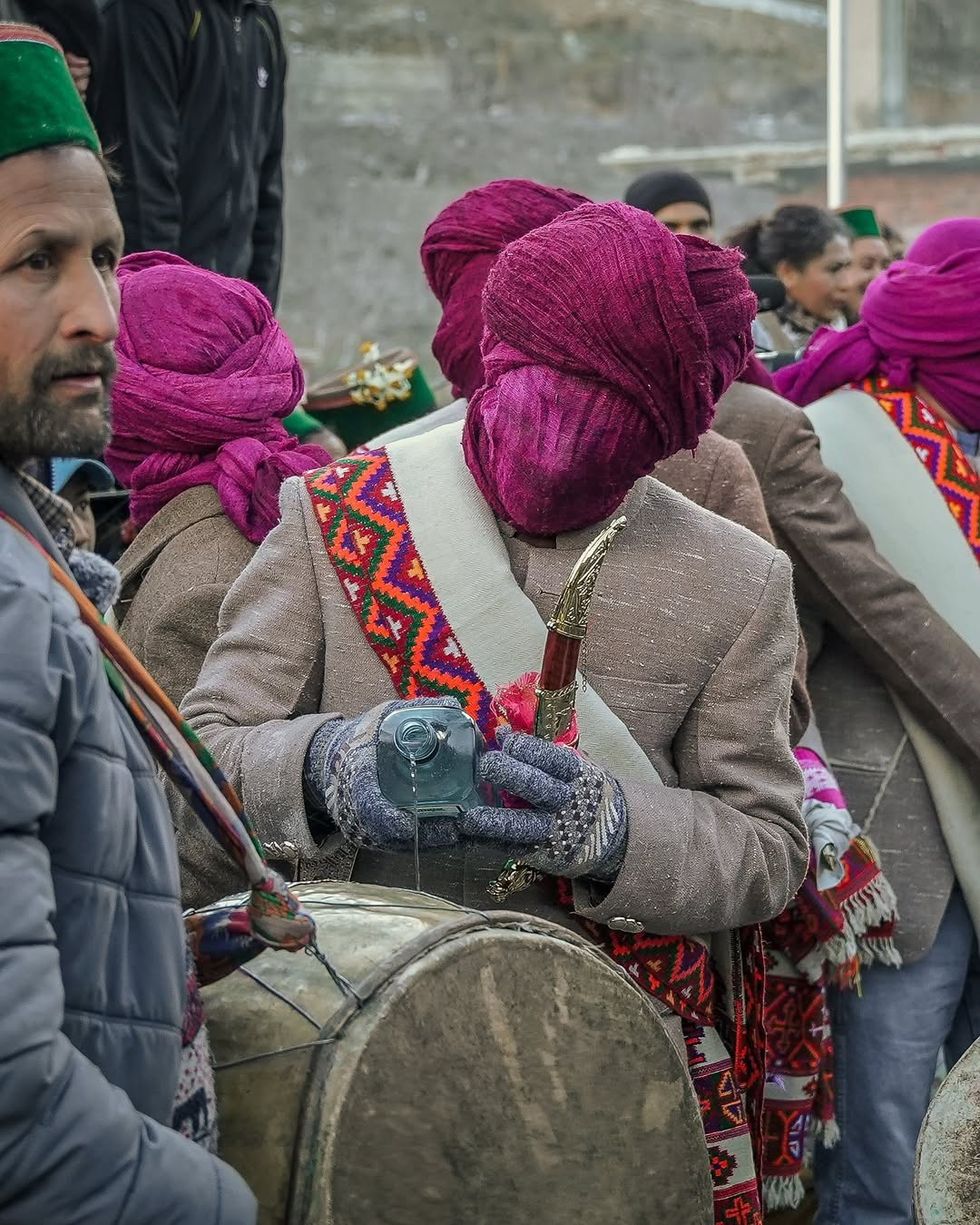 Instagram/@
Instagram/@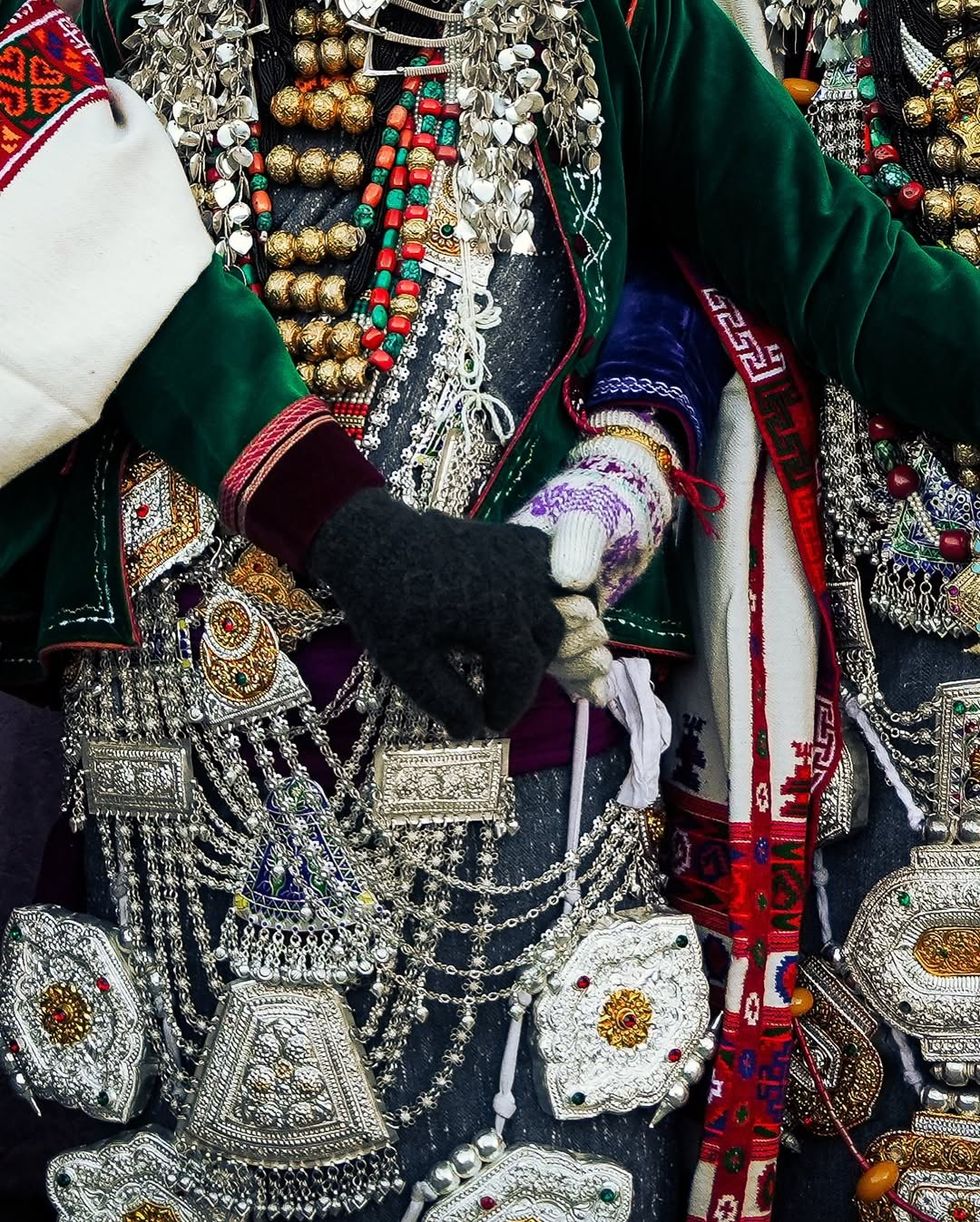 Instagram/@
Instagram/@ Instagram/@
Instagram/@


